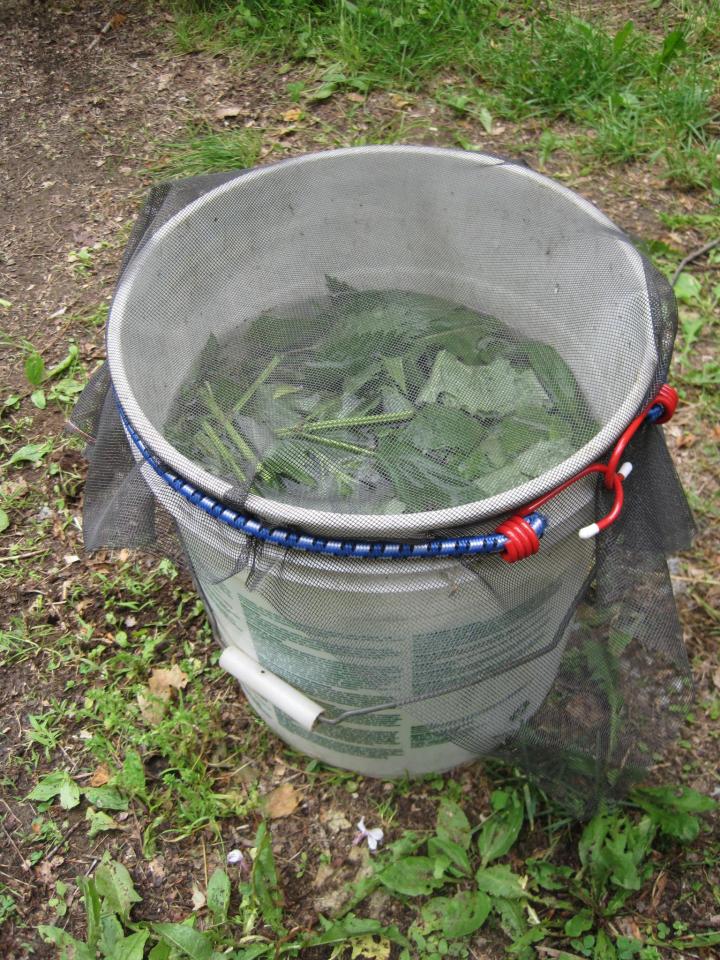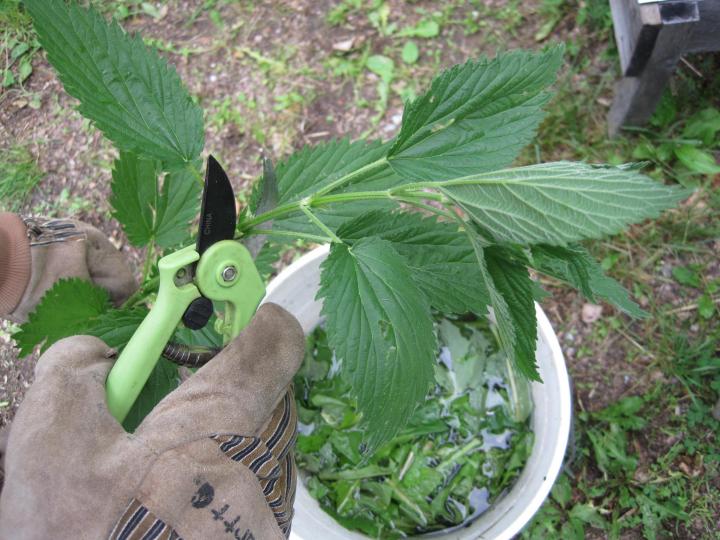
Photo Credit
Robin Sweetser
Subhead
Feed Your Garden With This Organic Liquid Fertilizer Tea—for Free!
This was my first attempt. I made six of those large plastic totes. OMG, I made too much, so I was glad you can use full strength on newly planted plants. I have to say I forgot what fermented grass smelled like. I was out in my yard pulling weeds and I kept smelling dog poop. Well, it was the fermented grass. :) Going to add to my plants now. Thanks for this article, Robin.
Thank you Robin, for the wonderful idea and in depth information. You’re awesome!
Hello Robin, I really appreciate you for this plant tea. Am going to try it right away.
Is the plant tea supposed to be smelly, mine is dreadful.
Also, how long does this tea last for
It certainly can put off a strong smell, and one that is unpleasant to some. The longer it sits and the plants and weeds break down, the smell can become stronger.
It should be used all in the same year as you make it, but using it as soon as possible is recommended, which will decrease the chances of it getting moldy and the smell getting worse.
A good rule of thumb is to only make your batch as big as what you need in the immediate future. Hope this helps!
Thank you much
I noticed in the hotter weather a black looking layer on top of the water. Is that mild and should I throw out and start over? I’ve used weeded and green clippings from my blackberry tree and food scraps. I may not be stirring it enough?
Thank you
You’re not suppose to add food scraps to a tea, it will cause bad bacteria to build, only green leaf clippings, fresh grass clippings.
This sounds like it could be the answer to my problems. Just to double check, would this process work well with foxtails? That’s the main weed we have to deal with in our yard and a major cause of my stress with our family pets. The only other concerns I’d have is would it matter if the weeds were dry or the dogs used the bathroom on them? Sorry for the questions my brain worries about things too much sometimes. Thanks!
Maybe double check on what the foxtail weed contain but I believe any plant material contains some sort of organic nutrient you can pull from them.
- « Previous
- 1
- 2
- …
- 10
- Next »













Comments